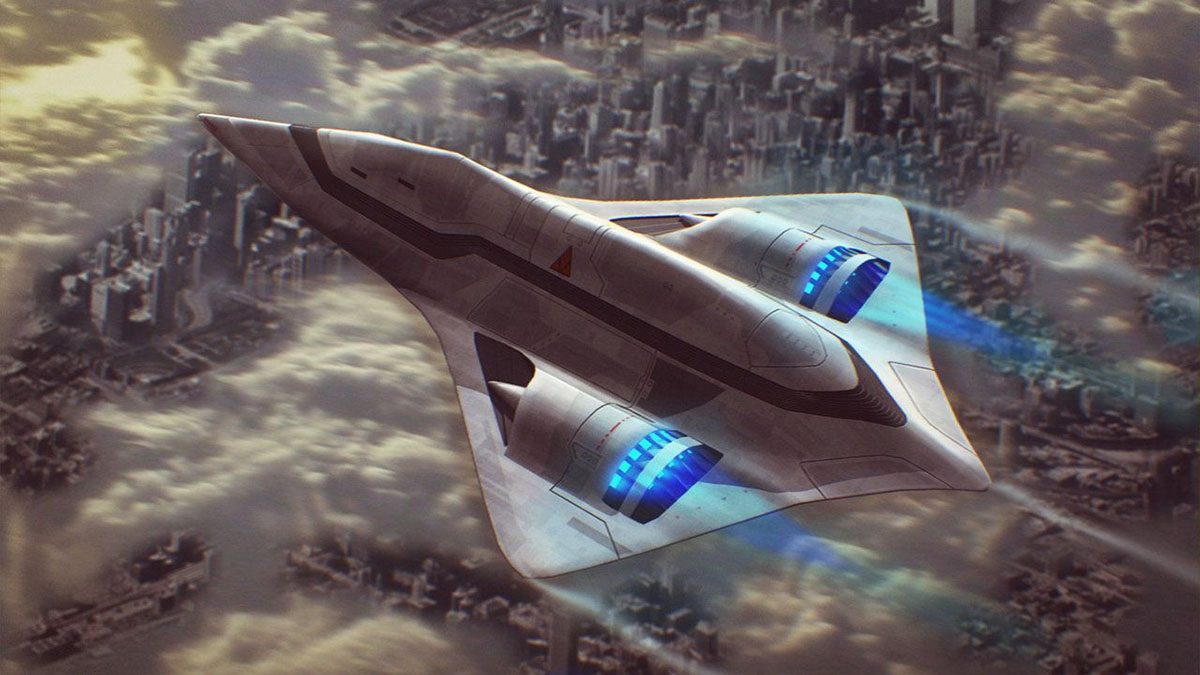why you shouldn’t learn to stop worrying and love the nuclear jet engine

Now, I don’t mean to alarm you, but if Boeing is serious about its idea for the fusion powered jet engine and puts it into a commercial airplane in the near future more or less as it is now, you’re probably going to be killed when it’s turned on as the plane gets ready to taxi. How exactly your life will end is a matter of debate really. The most obvious way is being poisoned by a shower of stray neutrons and electrons emanating from the fusion process, and the fissile shielding which would absorb some of the neutrons and start a chain reaction much like in a commercial fission plant but with basically nothing between you and the radiation. If you want to know exactly what that would do to your body, and want to lose sleep for a few days, simply do a search — and for the love of all things Noodly not an image search, anything but that — for Hiroshi Ouchi. Another way would be a swift crash landing after the initial reaction gets the plane airborne but just can’t continue consistently enough to stay in the air. A third involves electrical components fried by a steady radioactive onslaught giving out mid-flight. I could go on and on, but you get the point.
Of course this assumes that Boeing would actually build such a jet engine, which is pretty much impossible without some absolutely amazing breakthroughs in physics, material sciences, and a subsequent miniaturization of all these huge leaps into something that will fit into commercial jet engines. While you’ve seen something the size of a NYC or San Francisco studio apartment on the side of each wing on planes that routinely cross oceans, that’s not nearly enough space for even one component of Boeing’s fusion engine. It would be like planning to stuff one of the very first computers into a Raspberry Pi back in 1952, when we theoretically knew that we should be able to do it someday, but had no idea how. We know that fusion should work. It’s basically the predominant high energy reaction in the universe. But we just can’t scale it down until we figure out how to negotiate turbulent plasma streams and charged particles repelling each other in the early stages of ignition. Right now, we can mostly recoup the energy from the initial laser bursts, but we’re still far off from breaking even on the whole system, much generate more power.
Even in ten years there wouldn’t be lasers powerful enough to start fusion with enough net gain to send a jet down a runway. The most compact and energetic fission reactors today are used by submarines and icebreakers, but they’re twice the size of even the biggest jet engines with a weight measured in thousand of tons. Add between 1,000 pounds and a ton of uranium-238 for the fissile shielding and the laser assembly, and you’re quickly looking at close to ten times the maximum takeoff weight for the largest aircraft ever built with just two engines. Even if you can travel in time and bring back the technology for all this to work, your plane could not land in any airport in existence. Just taxiing onto the runway would crush the tarmac. Landing would tear it to shreds as the plane would drive straight through solid ground. And of course, it would rain all sorts of radioactive particles over its flight path. If chemtrails weren’t just a conspiracy theory for people who don’t know what contrails are, I’d take them over a fusion-fission jet engine, and I’m pretty closely acquainted with the fallout from Chernobyl, living in Ukraine as it happened.
So the question hanging in the air is why Boeing would patent an engine that can’t work without sci-fi technology? Partly, as noted by Ars in the referenced story, it shows just how easy it is for corporate entities with lots of lawyers to get purely speculative defensive patents. Knowing how engineers who design jet engines work, I’m betting that they understand full well that this is just another fanciful take on nuclear jet propulsion which was briefly explored in the 1950s when the dream was nuclear powered everything. We’re also entertaining the idea of using small nuclear reactors for interplanetary travel which could ideally fit into an aircraft engine, though lacking all the necessary oomph for producing constant, powerful thrust. But one day, all of this, or even a few key components, could actually combine to produce safe, efficient, nuclear power at almost any scale and be adopted into a viable jet engine design for a plane that would need to refuel a few times per year at most. Boeing wants to be able to exploit such designs while protecting its technology from patent trolls, so it seems likely that it nabbed this patent just in case, as a plan for a future that might never come, but needs to be protected should it actually arrive.





